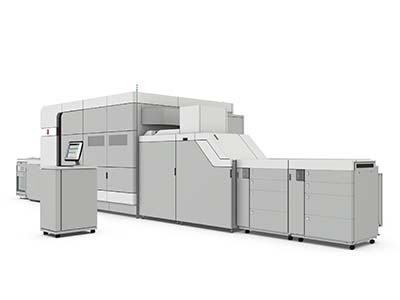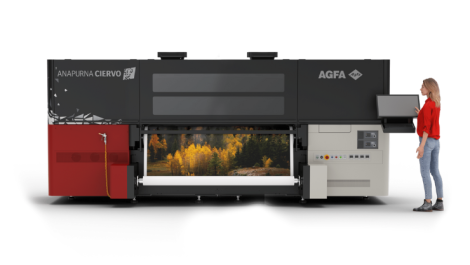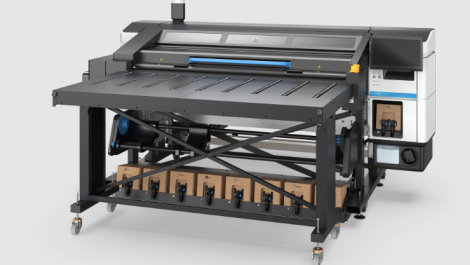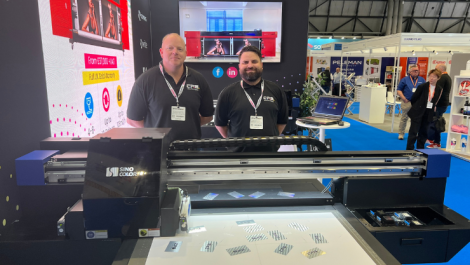Extending its Océ VarioPrint i-Series, Canon Europe has unveiled a new inkjet press, as well as adding MICR ink capabilities and a new version of the PRISMAsync controller.
Canon Europe has extended its portfolio with the launch of the Océ VarioPrint i200, a 200 ppm sheetfed inkjet press which brings the benefits of the previously launched Océ VarioPrint i300 to customers with lower volume requirements. The new press is designed to bridge the volume gap between the Canon imagePRESS C10000VP toner press at 100 ppm and the Océ VarioPrint i300 at 300 ppm.
The Océ VarioPrint i200 cut-sheet inkjet press features the same patented ink, print head and paper handling technology as the VarioPrint i300, enabling print service providers (PSPs) to print at high speeds on a diverse range of media including coated, uncoated and inkjet treated paper. Both i-Series models now also feature new paper feeding options to enable PSPs to run tabs and pre-punched stocks. This added media flexibility is also available to existing VarioPrint i300 users as an upgrade.
Along with the release of the Océ VarioPrint i200, Canon is introducing the option of Magnetic Ink Character Recognition (MICR) inks for use with both models in the VarioPrint i-Series, allowing users to move into financial security print applications.
The PRISMAsync version 5 workflow offers a full native PDF workflow and productivity enhancements as well as improving the interoperability with other PRISMAsync systems such as the imagePRESS and VarioPrint 6000 families. This makes it easier for customers operating multiple Canon devices to build seamlessly interconnected workflows. Existing VarioPrint i300 customers may also choose to upgrade to the new version of PRISMAsync.
Peter Wolff, senior director of commercial printing and production CRD at Canon Europe, commented, ‘Now, we are not only bringing this technology to a wider customer base but also helping PSPs to expand into even more application areas and exciting new markets with the introduction of MICR inks. Importantly, by giving customers upgrade paths, we can maximise their capabilities and production efficiencies today while also protecting their investments long-term.’





